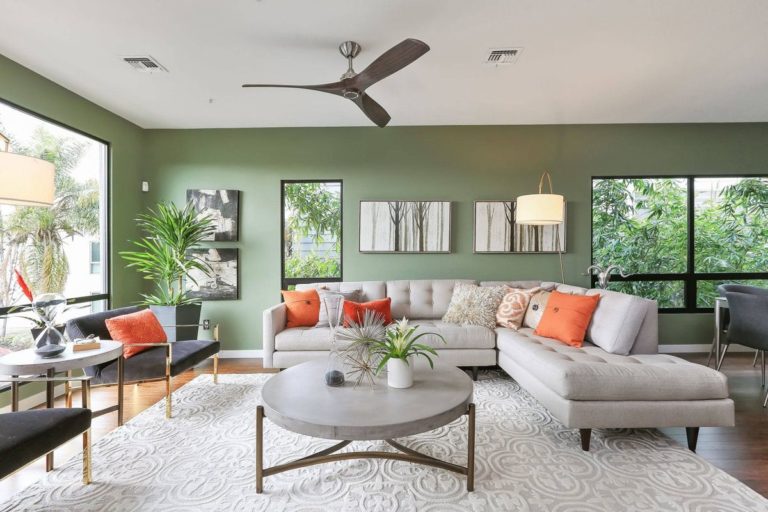Adding ceiling fan to your home renovation is a smart decision. They add style and year-round energy savings, and can potentially increase your home’s resale value. It’s a wise investment for the future.
Also, they add a layer of comfort to indoor and outdoor rooms by promoting air circulation and cooling. This results in a healthier home environment for your family’s well-being.
Choosing the right fan for your room requires time and patience. If you would like to save money without compromising on quality or performance, this article will help you. There are some important aspects to consider before making your purchase decision.
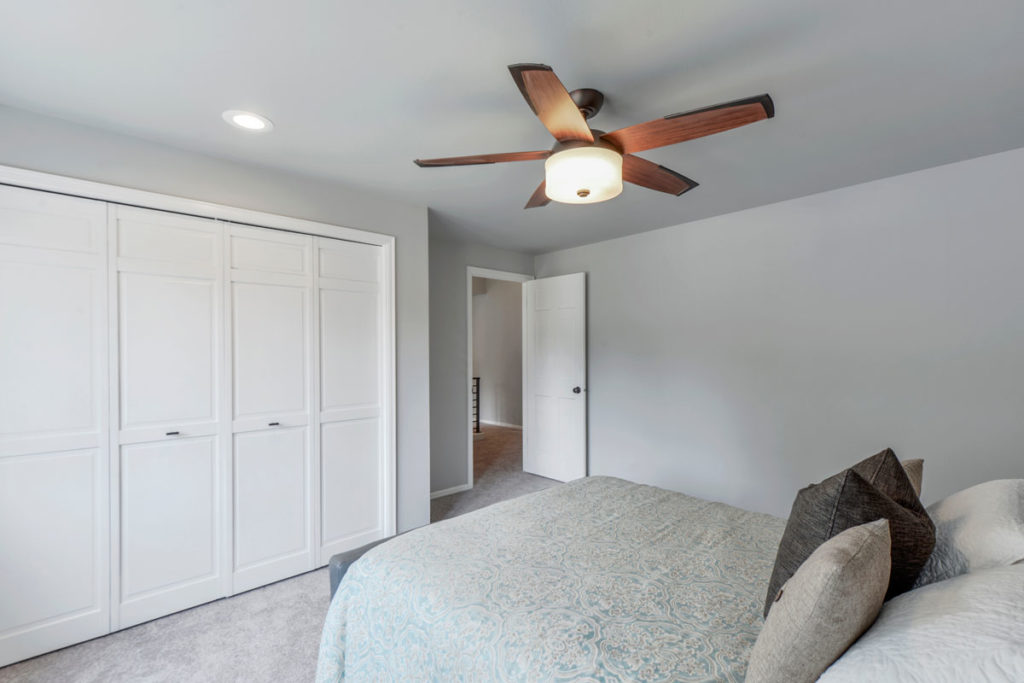
Cost Savings
When shopping for a ceiling fan, compare the models not only by price. A cheaper model can end up costing you more in the long term. Look for fans manufactured with quality materials that won’t rust, and brands that provide longer warranty periods.
Also, if your fan will be installed in an investment property, they can be added to the depreciation report. This can help reduce your taxable income and ultimately offset the purchase price of your fan. Speak with your accountant for further information.
Adding Ceiling Fan for Energy Efficiency
Ceiling fans are amongst the most energy-efficient cooling solutions available. They consume a lot less power than air conditioning. This makes them an eco-friendly choice that can lead to lower energy bills.
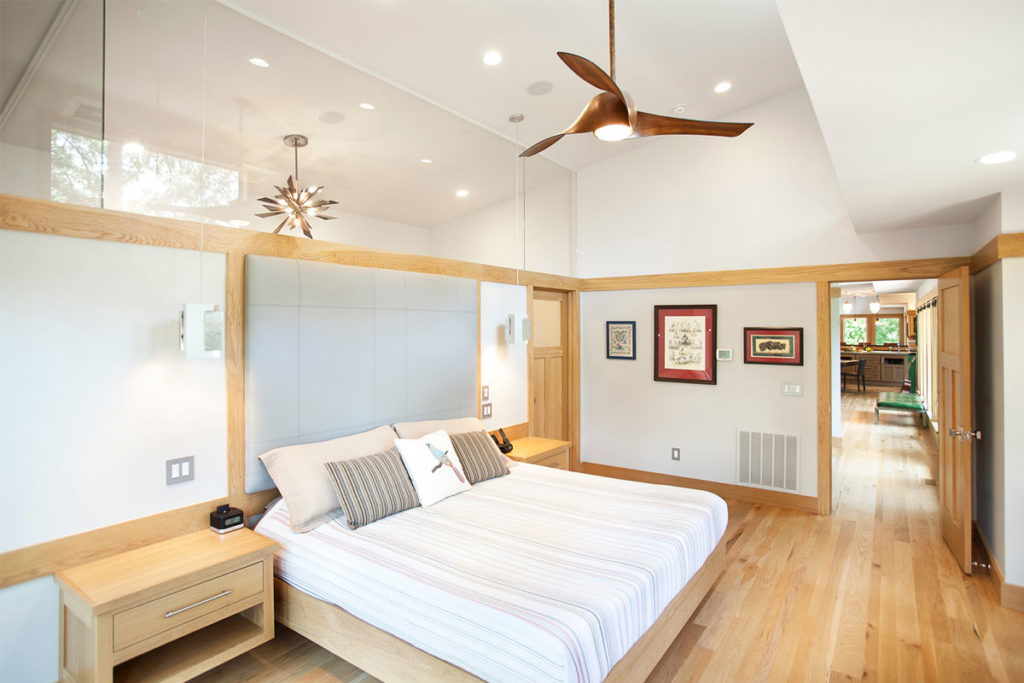
By using ceiling fans strategically, you can improve the movement of air within your home. This will help you reduce the need to turn on your air conditioning, especially during milder weather.
Look for fans with the Energy Star label. They meet strict guidelines and are designed to consume less energy while providing optimal performance.
Motor direction
Ceiling fans are not designed only for summer. Most models will have a switch to adjust the direction of the blades.
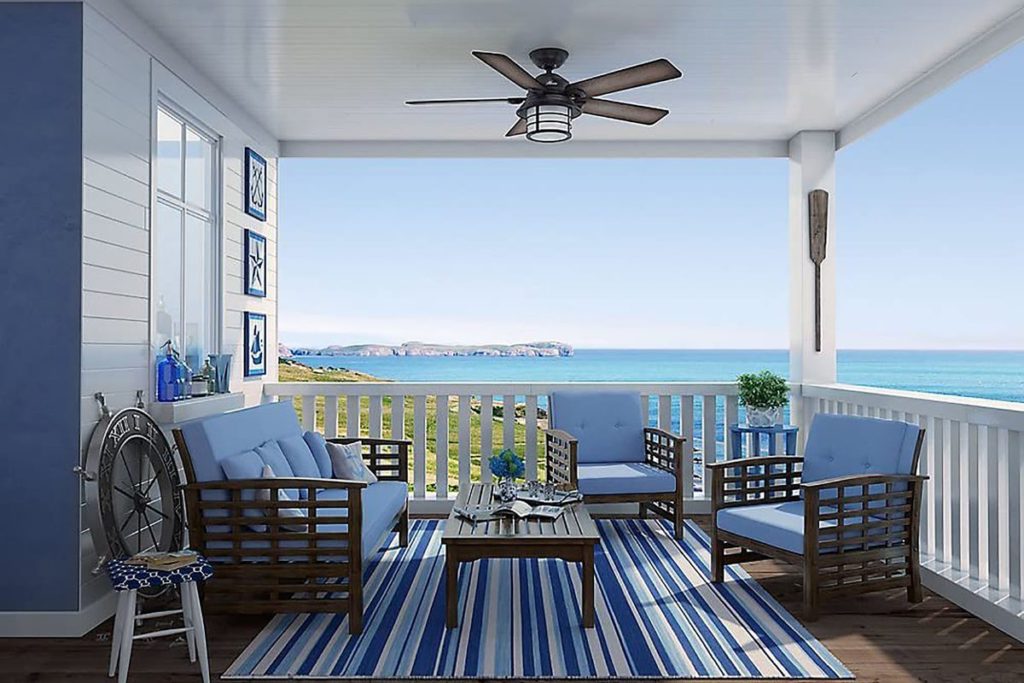
In the summer, use the counterclockwise blade direction for a cooling breeze. This is a standard function to most fans.
In the winter, set the fan blades clockwise to circulate the trapped warm air near the ceiling.
Ceiling mounted fans running with the standard function will blow air down. If you use the fan in reverse direction, it will move warm air upwards. This helps ventilate a room evenly, eliminating cold and hot spots.
If you choose the correct fan motor function, you’ll not experience that feeling of warm air lingering near the ceiling. Or chilly drafts near the floor.
Also, if you live on a dusty road, using a fan can help circulate the air inside your home. Especially if you need to maintain external doors and windows closed during most days. This also applies to a busy and noisy road.
Fan Size
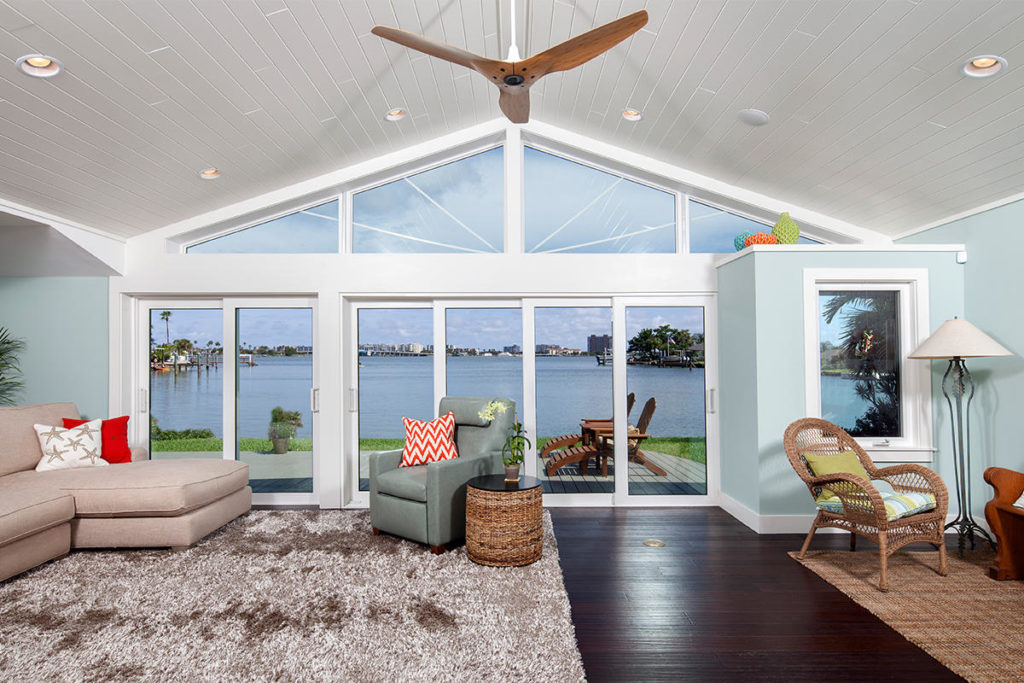
Choosing the right fan diameter for your room is a critical decision. The size of your fan directly impacts on its ability to circulate the correct amount of air throughout the space.
A fan that is too small won’t effectively circulate air, and it may need to run at higher speeds to compensate for its limited blade size potentially generating more noise and using more energy. Also, the fan can appear out of proportion with the room’s dimensions failing to complement the overall design and aesthetics.
Similarly, a fan that is too large can create excessive airflow that may feel uncomfortable, especially in smaller spaces. Also, it may dominate the ceiling space and detract from the room’s overall design, and it can consume more energy becoming less cost-effective.
To avoid these issues, it’s essential that you measure your room size and ceiling height. Manufacturers often provide guidelines for selecting the correct fan diameter based on the room size so you can enjoy your room comfortably and without going over budget.
Ceiling type and height
The height and type of ceiling are important factors to consider when choosing a fan for your room. They will determine what style of fan you can use, and this information is available on the model specs or packaging.
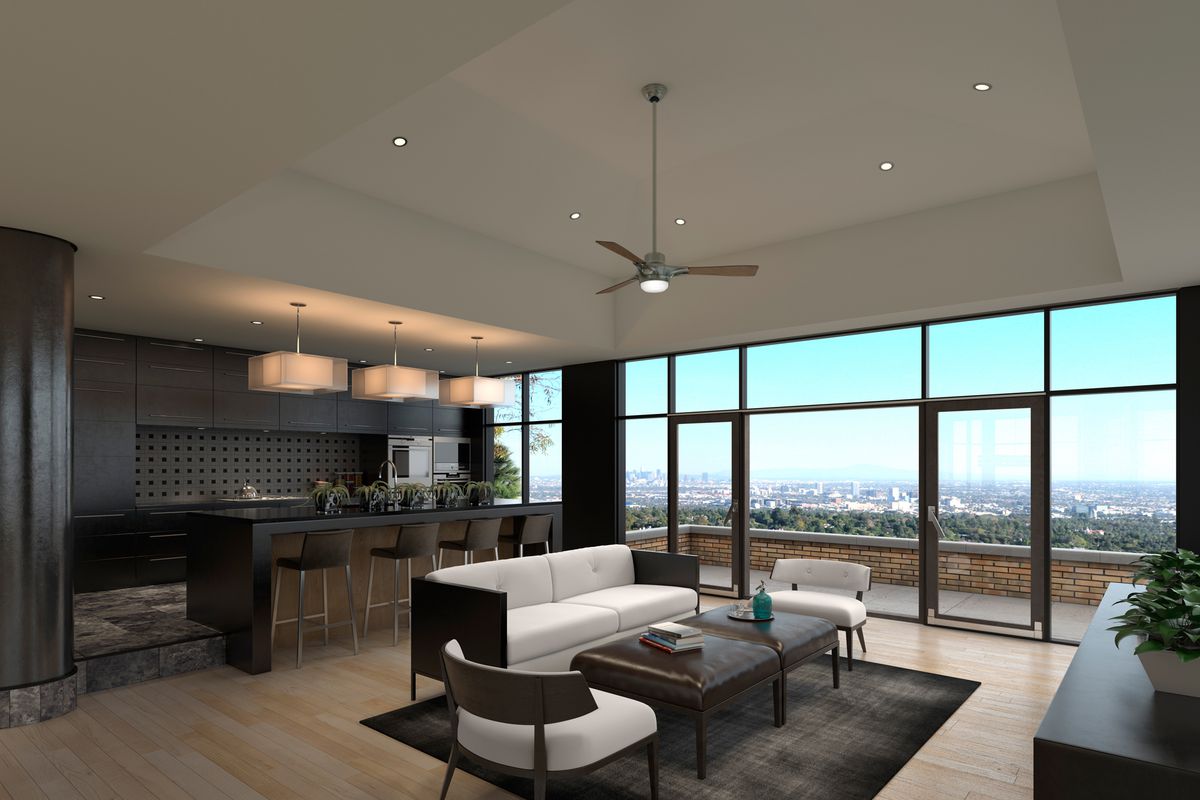
There are two types of fans:
- Fans with low profile: they are designed for ceilings with heights between 2.4m and 3.4m.
- Fans with universal canopy: they are designed for pitched ceilings, or flat ceilings with height above 3.4m.
We suggest that you measure the total height of the fan including the canopy, and compare this with the height of your ceiling to ensure there is a minimum of 2.1m clearance between floor and fan to avoid accidents.
Blades
The blade angle, quantity, type of material, shape and size can directly impact on the overall performance of the fan.
A steeper blade angle can move more air, making it ideal for larger rooms or areas that need more significant airflow. However, a higher blade angle is not always better — some fans offer this style to compensate for a less efficient and smaller motor.

Check if the blades are sealed from moisture to prevent bubbling, peeling, or warping. Some fan manufacturers offer special finishes on metal surfaces to prevent it from scratches or tarnishing. Read the model specs carefully as this type of information is normally available.
Also, designer quality blades are often weighed and balanced prior to packaging, and they come in factory-matched sets for optimal performance.
Lastly, it’s recommended that you don’t switch blades with other ceiling fans because each model is manufactured and tested with a specific blade style, and altering this can directly affect the efficiency of the fan.
Ambient Lighting
A large quantity of cooling fans are equipped with an integrated light, adding both functionality and ambience to your space.
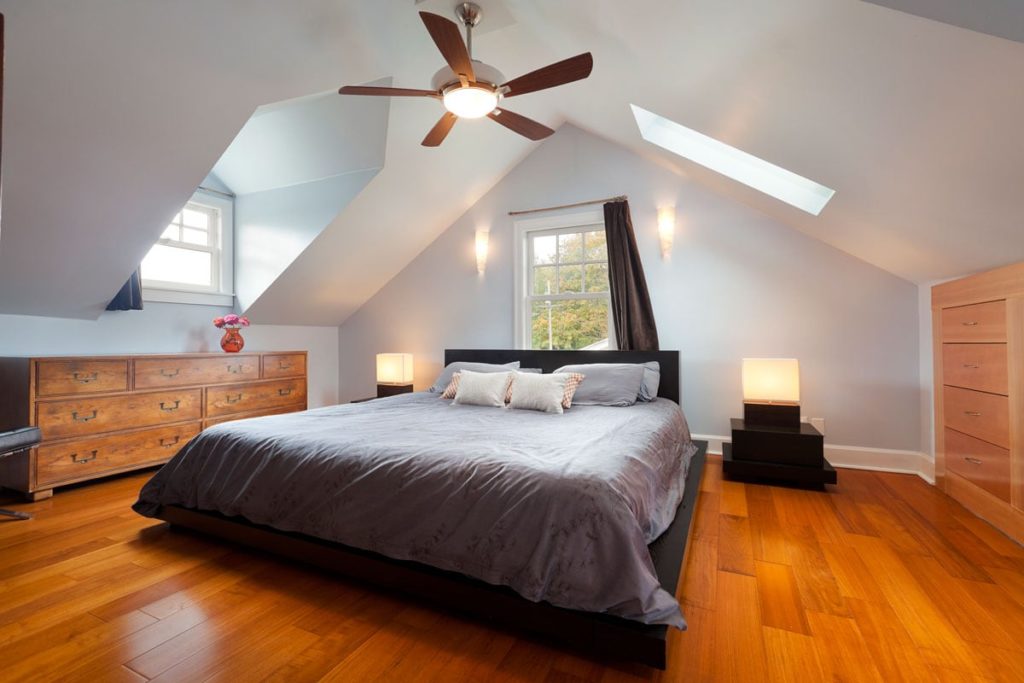
You can choose from a variety of lighting options, including dimmable LEDs, to create the perfect atmosphere in your room. Fans with this dual-purpose feature can save you from installing additional overhead lighting, especially if your room is small in size.
For larger rooms, we recommend adding extra LED downlights to your ceiling, but they need to be positioned away from the corners of the blades to reduce overlapping, and the flickering effect.
Adding Ceiling Fan with Quiet Operation
When choosing a fan, look for models that emphasise silent operation, particularly if you plan to install them in bedrooms or other quiet areas of your home.
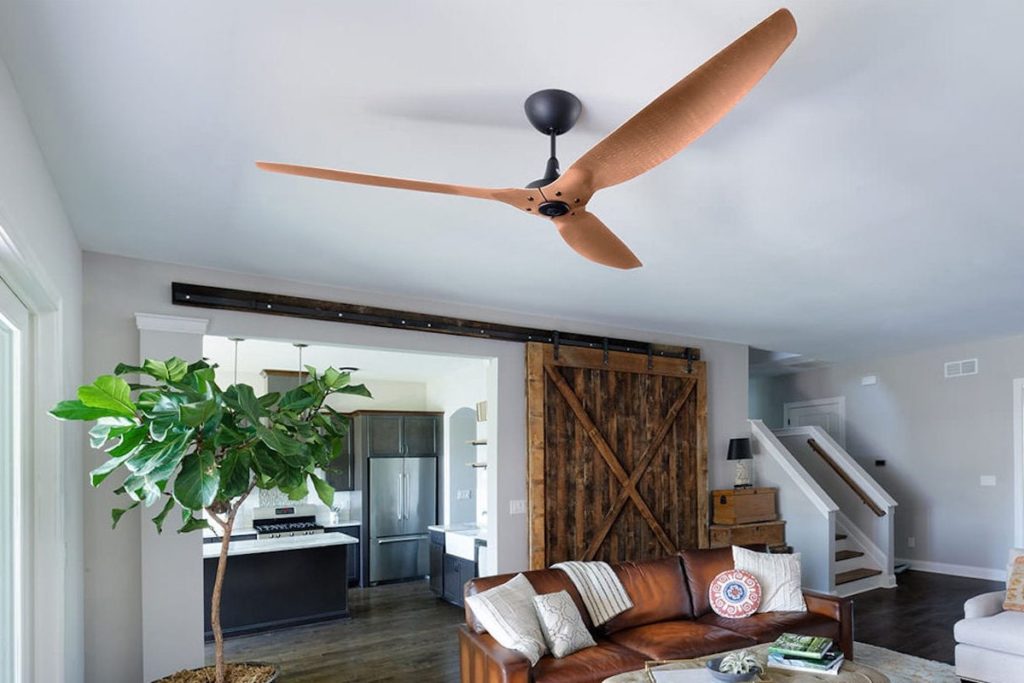
We suggest avoiding fans with a pull cord, and when possible test the fan in-store to ensure you are happy with its performance before buying it.
One manufacturer that offers whisper-quiet models is Big Ass Fans (https://bigassfans.com/). They are more expensive, however you will get more air circulation without the distraction of noisy blades or motors. Models such as the Haiku offer voice integration, up to seven speeds, and a variety of airfoil finishes. It’s worth having a look.
Customisation and Control
A good number of fans are supplied with a remote control or built-in smart features, allowing you to adjust the fan speed, direction, and lighting with ease.

You can even program them to operate at specific times or integrate them into your smart-home system, enabling voice-activated control via devices like Amazon Alexa or Google Home.
Also, some fans have temperature sensors, and this great feature is very helpful especially if you have pets. If the temperature inside your home gets too high during the day while you are at work, you can simply turn on the fan to cool down your space.
Speed adjustment
Most fans come with three speed settings: low, medium, and high. The low setting provides a gentle, subtle breeze, perfect for maintaining a pleasant atmosphere without being too overpowering.

The medium setting offers a balanced airflow, ideal for everyday use when you want to maintain a comfortable room temperature. The high speed setting generates a brisk breeze, ideal for quickly cooling down a room on hot summer days.
Some advanced fan models include additional speed settings, giving you finer control over the airflow to suit different preferences and weather conditions. These speed options make ceiling fans versatile additions to most rooms, providing both cooling comfort and enhanced energy efficiency.
Stylish and Versatile Design
Modern ceiling mounted fans are available in a wide range of designs, finishes, and sizes to complement any decor, indoor or outdoor.
The most popular colours are white or black, however some fans even mimic natural materials like wood with a variety of finishes such as bamboo, caramel, cocoa, driftwood, and oak.
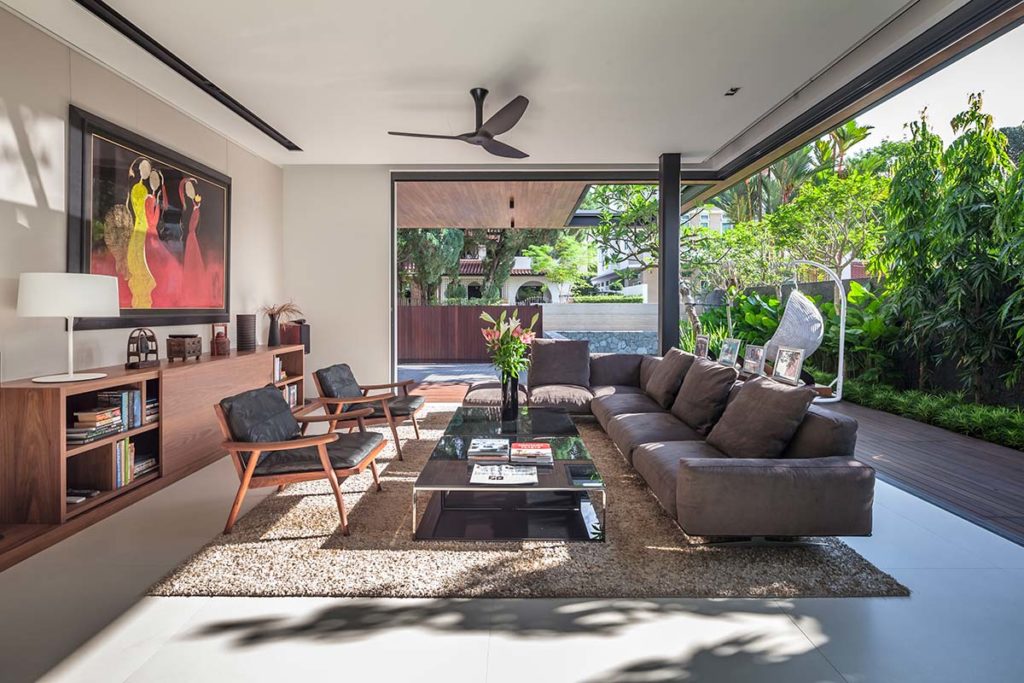
Whether you prefer a sleek, contemporary look or a more classic style, you’ll certainly find a fan that suits your style and pocket. The options of designs and colours are endless.
And while style and design are important aspects when choosing a fan, be aware that not all indoor fans can be installed outdoors. You will need to check their IP rating which is an international standard using two numbers, which was created to define how sealed an appliance is against water and solid objects.
Summary
Adding ceiling fan to your home renovation project is a smart choice that brings numerous benefits beyond mere aesthetics.
From energy efficiency and year-round comfort to enhanced design options and cost savings, fans contribute to a more enjoyable and sustainable living space.
When planning your renovation, research what fan size and height is most suitable for your space so you can create a home that is stylish, refreshingly cool and comfortable all year round.

